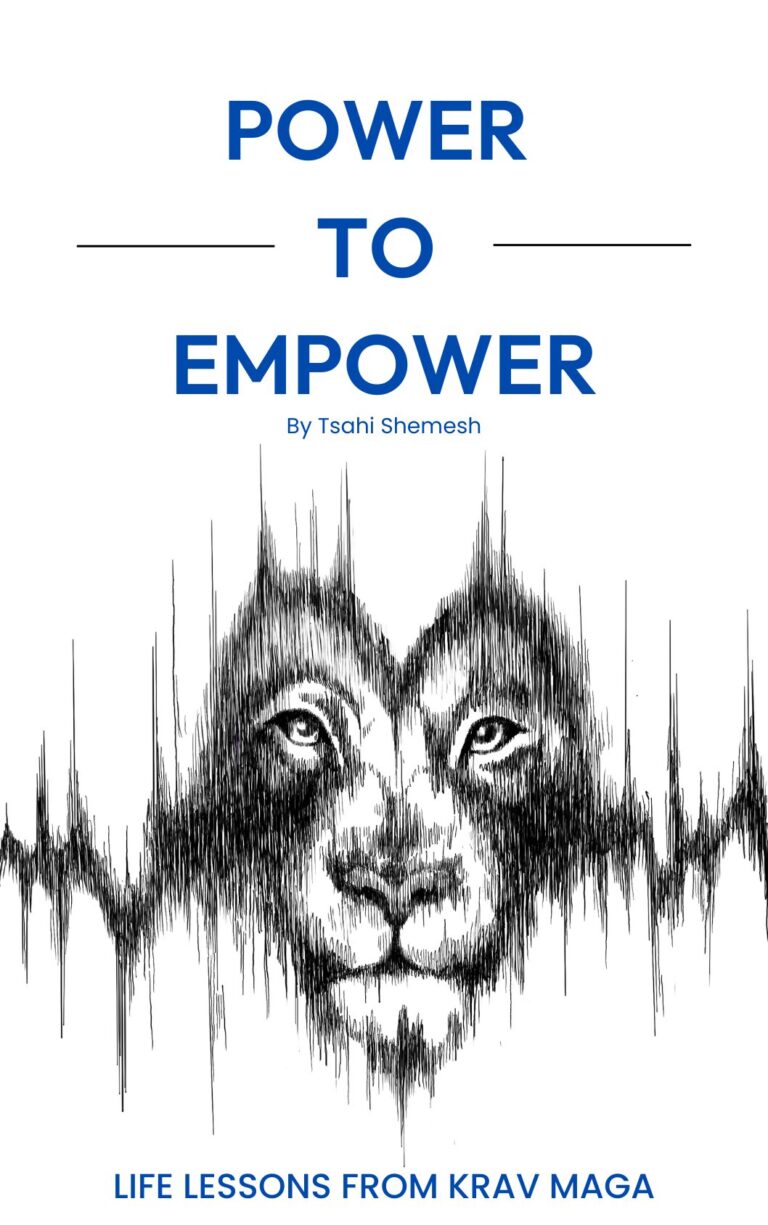Bystander VS Up stander
What can you do to do help others be safe at subway stations?
Being a bystander and being an up stander are two very different things. A bystander is someone who witnesses an event or situation but chooses not to get involved or take action. An up stander, on the other hand, is someone who takes a stand against injustice and takes action to make a positive change.
Being a bystander is easy. It requires no effort, no courage, and no risk. It’s simply standing by and watching as events unfold. But being a bystander also means being complicit in injustice and allowing harmful actions to continue. It means turning a blind eye to the suffering of others and choosing to do nothing.
When you are done reading this page, I suggest you ready (and watch the video) about an incident on the NYC Subway that shows how ugly the bystander affect can be reality of people choosing to do nothing and allow a bad situation to escalate and leave a woman traumatized and hurt.
Being an up stander, on the other hand, is a form of leadership. It involves taking responsibility for addressing issues of injustice or discrimination and standing up for the rights of others. It requires courage, initiative, and a willingness to speak out and take risks, take action, even in the face of opposition or adversity. It means standing up for what is right, even when it’s difficult or uncomfortable.
The difference between being a bystander and an up stander is the difference between being a passive observer and an active participant in the world. It’s the difference between allowing injustice to continue and working to create a better future for all.
By taking a stand against social issues such as bullying, prejudice, discrimination, or violence, an up stander demonstrates leadership by setting an example for others to follow and promoting positive change in their community.
Being an up stander may not be easy, but it is always the right thing to do. In other words, I like to think of it as a golden rule – “Do for others what you wish done for you.”
When you choose to be an upstander, you inspire others to do the same. You become a catalyst for change, and together, we can create a more just and equitable society for all. So, take the first step and be an Upstander today.
How does self defense training helps with forming leadership skills
Self-defense training can help with forming leadership skills as you learn how to be aware of your surroundings, think strategically and make quick decisions, and have the physical and mental strength to defend yourself and others.
Being able to protect oneself helps to build confidence, which is a key trait of a leader. A well-designed Self-defense program teaches how to assess and manage risk, a valuable tool in leadership situations.
Speaking up is another huge benefit of self-defense training. You learn how to protect the things you care about. It starts with learning to communicate effectively and do whatever it takes to accomplish your goals. These are important skills for leaders to have, as they are often responsible for coordinating and motivating a team.
Learning how to be assertive and stand up for oneself is a key element in Krav Maga training which can be translated to standing up for what is right in different situations and taking leadership roles in various settings.
What should I do when I witness violence?
* There are different answers to that, based on your worldviews and ability to respond. The explanation below considers only deafening one SELF.
If you witness violence on the subway, it is important to take immediate action to protect yourself and others. Here are some steps you can take:
- Call 911 or your local emergency number immediately to report the violence and request assistance. Be sure to provide the operator with your location, a description of the incident, your location, who is involved, how many people are involved, if weapons are included, and if anyone is injured.
- If possible, move away from the scene of the violence to a safe location. This will help to protect yourself and others from potential harm.
- Only If you feel safe to do so, intervene to stop the violence. This can include verbal intervention, such as asking the attacker to stop, or physical intervention, such as separating the attacker from the victim.
- If you are unable to intervene safely, use your phone to take photos or videos of the incident. This can be used as evidence to help identify the attacker and bring them to justice.
- Provide support to any victims of violence. This can include offering medical assistance or comforting them emotionally.
- Sometimes, witnessing violence can be traumatic, even just as a 3rd party. When people are less equipt to cope with such incidents physically, many times there is an emotional or mental effect to it.
It is important to remember that your safety and the safety of others are the top priority. If you feel that the situation is dangerous, it is best to remove yourself from the area and contact emergency services as soon as possible.
Should I intervene in a violent incident?
If you are trained in self-defense or martial arts and feel that you have the ability to intervene safely, it may be appropriate to do so in the case of witnessing violence on the subway. However, it’s important to keep in mind that the situation can be unpredictable and dangerous and that intervening could put yourself and others at risk.
Before intervening, it’s important to assess the situation and consider factors such as the number of attackers, the weapons involved, and the potential for escalation of violence. In general, it’s best to prioritize your own safety and the safety of others and to call emergency services as soon as possible.
When intervening, it’s important to be aware of the legal implications of your actions. Depending on the situation, you could be held liable for any injuries or damage caused as a result of your actions.
You should also be aware that using force in self-defense or defense of others is a serious matter and should be done with caution. If you do decide to intervene, it’s essential to do so in a way that is proportional to the threat and that minimizes the risk of harm to yourself and others.
It’s also important to remember that emergency services professionals such as police officers have legal grounds to intervene in violent situations, and they are more trained than the average person.
In summary, if you are trained in self-defense or martial arts and feel that you have the ability to intervene safely to stop the violence, it can be appropriate to do so. However, it’s important to prioritize your safety and the safety of others and to call emergency services as soon as possible.
Can I get in trouble for helping someone in NYC?
In general, you are unlikely to get in trouble for helping someone in New York City as long as your actions are reasonable and you are not causing harm to yourself or others. However, it’s important to be aware of the legal implications of your actions, especially when it comes to using force.
In the state of New York, you have the right to use reasonable force in self-defense or defense of others. This means that you can use the amount of force that is necessary to protect yourself or another person from an imminent threat of harm. However, the use of force must be proportionate to the danger, and you can be held liable for any injuries or damage caused by your actions.
You should always call 911 or your local emergency number as soon as possible to report any incidents of violence and request assistance.
It’s also important to be aware of bystander laws. New York State has a Good Samaritan Law, which provides some legal protection for individuals who take action to provide emergency assistance to someone in need. This law protects people from civil liability, as long as they acted in good faith and did not act recklessly or with gross negligence.
While you are unlikely to get in trouble for helping someone in New York City as long as your actions are reasonable and you are not causing harm to yourself or others, it’s important to be aware of the legal implications of your actions, especially when it comes to the use of force, and to call emergency services as soon as possible.
Doing the right thing won’t take you on an easy path. The “right thing” won’t always be obvious immediately and the answer to what is right may change based on different circumstances. If it was simple and easy, most people would have chosen this path. Do you have what it takes to be a leader?
Do something amazing,
Tsahi Shemesh
Founder & CEO
Krav Maga Experts


2 Responses